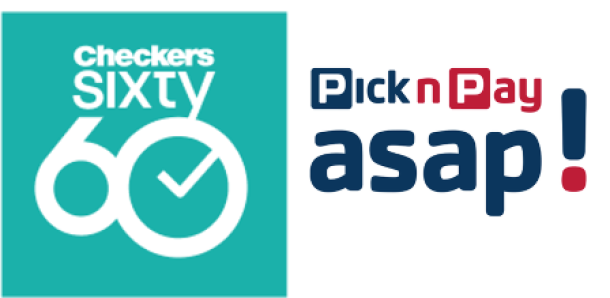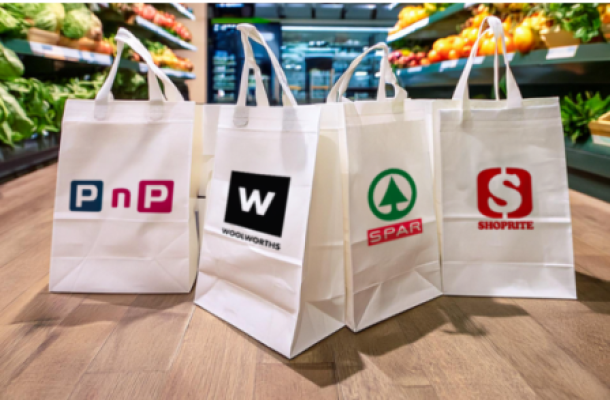How unhealthy food ads target poor illiterate people
Food advertising strongly influences the eating choices of adults, adolescents and children alike. But TV and magazine adverts often carry misleading health and nutrition claims. Advertisers use persuasive techniques to entice vulnerable viewers who can’t make informed decisions about the products they buy.
Our study looked at how different groups in South Africa were exposed to food advertising in magazines.
We found that more than half of the adverts in magazines that primarily target poor, black people were for unhealthy and starchy foods. Affluent, non-black groups were shown slimming foods and dietary supplements. Adverts also made false claims about foods being healthy.
The problem with these adverts is that they target vulnerable viewers who are not as educated about healthy food and take these claims at face value. When they buy and consume these products, it puts them at risk of developing lifestyle diseases or non-communicable diseases such as obesity.
Advertisers implicated
Food-related adverts have been implicated in the increase of overweight and obese people in South Africa in two ways. Firstly, advertisers push unhealthy food. One study found that at least half of food adverts on the most popular channels were for desserts and sweets, fast foods, hot beverages, starchy foods and sweetened drinks. Another found that about 55% of TV adverts were for fast foods and foods of poor nutritional value.
These were aired during family viewing time when both adults and children were watching TV. It is also notable that 67% of alcohol adverts were shown during this time.
Secondly, adverts often make false health claims. About 11% of TV adverts claimed that products enhanced well-being, improved performance, boosted energy, strengthened the immune system and were nutritionally balanced. But most of these claims were false.
Adverts often mask that food is unhealthy by emphasising its positive nutritional features such as its vitamin content, dietary fibre, protein or micro-nutrients. At the same time they ignore the negative features – like the fact that the food is energy dense or contains high amounts of saturated fat, salt, and sugar.
Vulnerable groups targeted
In South Africa the most vulnerable populations are children, women and the poorer black populations. These groups are largely illiterate, ill-informed about health issues and do not have the money to access health information, health care and healthy food. As a result, they are prone to picking up nutrition disorders such as being underweight or obese.
Research shows that these vulnerable South Africans are more likely to be obese. Take 10 South African teenagers. Between one and five are overweight or obese. And more than double the number of South African women are obese compared to men.
Poorer, unemployed and black South Africans are also nearly two times more likely to be classified as overweight or obese compared to those who are more affluent, employed and non-black.
Our research shows that these groups are disproportionately targeted by advertisers.
We looked at more than 650 food and beverage adverts in five different magazines that primarily target black people. In addition to having more adverts for unhealthy food, these magazines also had a higher proportion of misleading health and nutrition claims compared to magazines aimed at non-black South Africans.
Government intervention needed
Food and beverage companies in South Africa are determined to maximise their product sales and increase their revenue, despite the consequences for people’s health.
Vulnerable readers see the health claims made in food adverts and take them as authentic. They trust these products to improve their health status.
To counter this, the South African government needs to intervene to reduce the advertising of unhealthy and harmful products and to curb misleading advertising in the country.
This may entail restricting the advertisement of certain foods and beverages to vulnerable adults and children. Adverts for foods and beverages that are high in fat, sugar and salt, based on the World Health Organisation guidelines, should not be directed at these viewers and readers.
The use of particular, manipulative advertising techniques should also be limited when it comes to selling unhealthy food and drinks. Animated cartoon characters and puppets, promotional offers and gifts, and sports starts and celebrities should not be used to market products that are bad.
By Zandile Mchiza, Senior Research Specialist, Human Sciences Research Council
This article was first published by The Conversation, you can read the original here.
News Category
- International retailers
- On the move
- Awards and achievements
- Legislation
- Wine and liquor
- Africa
- Going green
- Supplier news
- Research tools
- Retailer trading results
- Supply chain
- Innovation and technology
- Economic factors
- Crime and security
- Store Openings
- Marketing and Promotions
- Social Responsibility
- Brand Press Office
Related Articles

Checkers Sixty60 wipes floor with Pick n Pay As...

Top tips for consumers to combat escalating ele...

Clear winner in South African retail battle

Drinks survey reveals Rooibos as a top choice a...


